
Removing Nail Polish Stains from Leather: Effective Methods and Tips
How to Get Nail Polish Out of Leather: Step-by-Step Guide
Removing nail polish from leather can be tricky, but with the right approach, it's possible to clean the leather without causing damage. Whether it's a spill on a jacket, a handbag, or furniture, you can restore the leather back to its original state with a few simple methods.
Key Takeaways
Nail polish can be removed from leather using gentle methods like dabbing with a cloth, using rubbing alcohol or vinegar. Always test on a small area first to avoid damaging the leather.
What You’ll Need to Remove Nail Polish from Leather
To get started, gather these essential items that are gentle on leather but effective against nail polish:
- Soft cloth or cotton balls
- Rubbing alcohol or white vinegar
- Mild soap or leather cleaner
- Water
- A soft-bristled brush or sponge
When handling leather, avoid harsh chemicals like acetone, which can strip the material’s natural oils and cause discoloration.
Step 1: Blot the Nail Polish Immediately
If the nail polish is still wet, your first task is to blot the area gently with a soft cloth or cotton ball. Do not rub, as this can spread the polish and push it deeper into the leather.
Why You Should Blot, Not Rub
Blotting absorbs the excess nail polish without disturbing the leather surface. Rubbing increases the risk of scratching or staining the leather further, making it harder to clean.
Step 2: Test a Small Area First
Before applying any cleaning solution, test it on an inconspicuous area of the leather. This step ensures that the product won’t discolor or damage the leather.
Testing the Leather’s Reaction
Dab a bit of rubbing alcohol or white vinegar onto a cotton ball, and gently apply it to the hidden area. If the leather shows no signs of damage or fading, proceed to the stained area.
Step 3: Use Rubbing Alcohol or Vinegar
Apply a small amount of rubbing alcohol or white vinegar to a cotton ball or soft cloth. Gently dab the stained area until the polish starts to lift. Be patient and continue dabbing until the stain fades.
Choosing the Right Solution
Both rubbing alcohol and vinegar are mild enough for most leather surfaces, but it’s crucial to apply them sparingly. Excess moisture can damage leather, so ensure you’re not oversaturating the area.
Step 4: Wipe Away Residue
Once the nail polish is removed, use a clean, damp cloth to wipe away any residue. Follow up with a dry cloth to gently pat the area and absorb excess moisture.
Why Cleaning Residue Matters
Leaving cleaning solution residue on leather can lead to drying or cracking. Wiping it down with water and drying it immediately prevents long-term damage.
Step 5: Condition the Leather
Leather can dry out after being cleaned, so apply a leather conditioner to restore its moisture. Conditioning will help keep the leather soft and supple, maintaining its appearance and durability.
Conditioning Tips
Use a leather-specific conditioner and apply it in small, circular motions. Let it sit for a few minutes, then buff the leather with a clean cloth to give it a polished finish.
Why Avoid Acetone on Leather?
Acetone is a common nail polish remover, but it’s too harsh for leather surfaces. It can cause severe damage, including stripping the leather of its oils, discoloring, and even cracking over time. Stick to safer alternatives like rubbing alcohol and vinegar for leather care.
The Risk of Acetone
If you accidentally use acetone, you may notice the leather becoming stiff or losing its color. In this case, conditioning the leather immediately might help to minimize the damage, but complete restoration could require professional help.
Alternative Home Remedies for Removing Nail Polish from Leather
If rubbing alcohol or vinegar isn’t available, there are other household items that can effectively remove nail polish from leather without causing harm.
Option 1: Olive Oil and Baking Soda
A mixture of olive oil and baking soda can gently lift the nail polish while moisturizing the leather at the same time.
- Mix equal parts olive oil and baking soda into a paste.
- Apply the mixture to the stain using a soft cloth.
- Let it sit for a few minutes before wiping away with a damp cloth.
This method not only removes the stain but also conditions the leather.
Option 2: Mild Soap and Warm Water
A simple solution of mild soap and warm water can also work for small stains. Make sure to use a soap that is free from harsh chemicals and dyes.
- Create a mild soapy solution by mixing a small amount of soap with water.
- Dampen a cloth in the solution and gently clean the stained area.
- Rinse with a clean, damp cloth and dry immediately.
Preventing Future Stains on Leather
Taking preventive measures can save your leather goods from future spills. Consider applying a leather protector to seal the surface and repel liquids, including nail polish.
Regular Cleaning and Conditioning
Leather requires regular cleaning and conditioning to maintain its appearance. Wipe down leather surfaces frequently with a soft cloth, and condition them every few months to keep the leather soft and durable.
Frequently Asked Questions
1. Can I use nail polish remover on leather?
No, nail polish remover typically contains acetone, which can damage leather by stripping away its oils, causing discoloration and dryness.
2. How do I restore leather after using acetone?
If acetone has been used, immediately clean the area with a damp cloth and apply a leather conditioner to restore moisture. If severe damage has occurred, professional help may be needed.
3. Can vinegar damage leather?
No, vinegar is safe for leather in small amounts. It’s a mild cleaner and can be effective at lifting stains like nail polish when used sparingly.
4. What if the nail polish stain is old?
For old stains, you may need to repeat the cleaning process multiple times, and it’s important to condition the leather thoroughly after removal to prevent drying.
5. Where can I find a professional leather cleaner near me?
For tough stains or if you want to ensure proper care of your leather items, visit Gotonails.org to find the best nail salons nearby that often offer professional leather cleaning services as well.
In conclusion, removing nail polish from leather can be simple with the right products and techniques. Always avoid harsh chemicals like acetone, and stick to safer alternatives such as rubbing alcohol or vinegar. Regular leather care, including conditioning, will also help keep your items looking their best.

“Discover Cassia Nail Spa, a vibrant salon in Menomonee Falls, WI (53051). Whether it's a repair or a fresh style, our skilled technicians ensure your nails look and feel amazing, guaranteed to catch eyes. With a focus on detail, every client receives exce”
“Racine Nails is a vibrant, yet comfortable nail salon in the heart of the Mount Pleasant/Racine County area. Whether you need a repair or a whole new style, our technicians will give you a look that not only makes you feel great about your nails but will”
“We carry top of the line products Our facility is clean and sanitation is our top priority. All materials are used only once. New tools are provided for each client(s) to accommodate the highest standards for our service(s). Our goal is to make our clie”
“Gloss is the premier Nail Salon in the Hall & Hayes area, offering Hard Gels, Acrylics, and many more trending Nail looks. With an extensive selection, we’ve got you covered for whatever you need. If you need self-love and care, a party or event in your f”

“Deeply attuned to client needs, our team at Shiloh Nails and Spa uses its expertise to provide you with the highest level of services. Choose your service starting from nail enhancements, manicure, pedicure, facial, eyelash extension, or massage to waxing”
“Ruby Nails is a fully licensed nail salon located in the Ruby Isle shopping center. We offer a variety of manicure and pedicure services. It is our goal to provide a friendly and relaxing atmosphere for all our clients. We strive for consistency in ev”
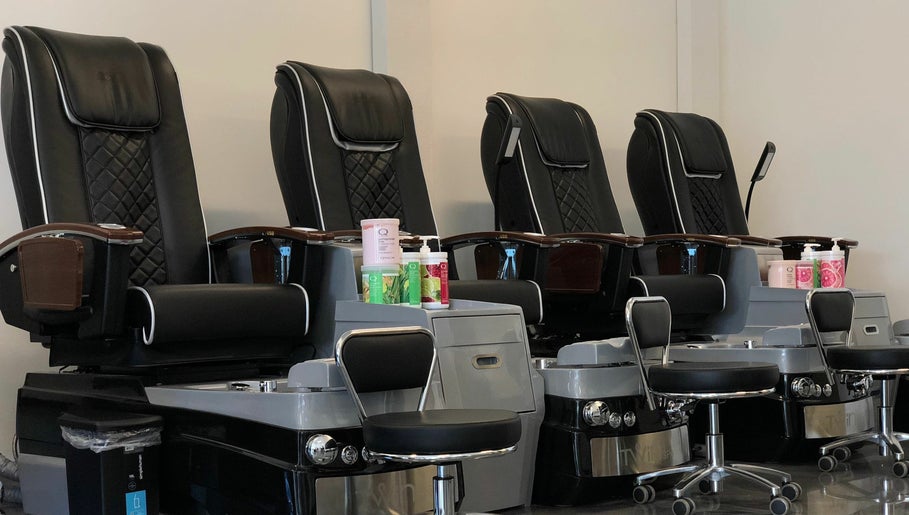
“Vogue Lashes & Spa in Sandbridge, Virginia Beach, features a complete range of services, including the highest quality individual eyelash extensions, lash lifts and tints, eyebrow shaping, permanent makeup, custom facials, bridal makeups, massage therapy,”

“Located in Columbia, MD, we are situated in the same shopping center as Victoria Gastro Pub. Our salon takes tremendous pride in customer service and customer satisfaction. As one of the top salons in Maryland, we are constantly improving our services to ”

“Indulge all your senses, let go of all of your worries, and get pampered with our exclusive spa services. Beverly Nails & Spa Boutique is located in Beverly, Massachusetts offering a range of beauty services that will enhance your natural beauty. What mak”
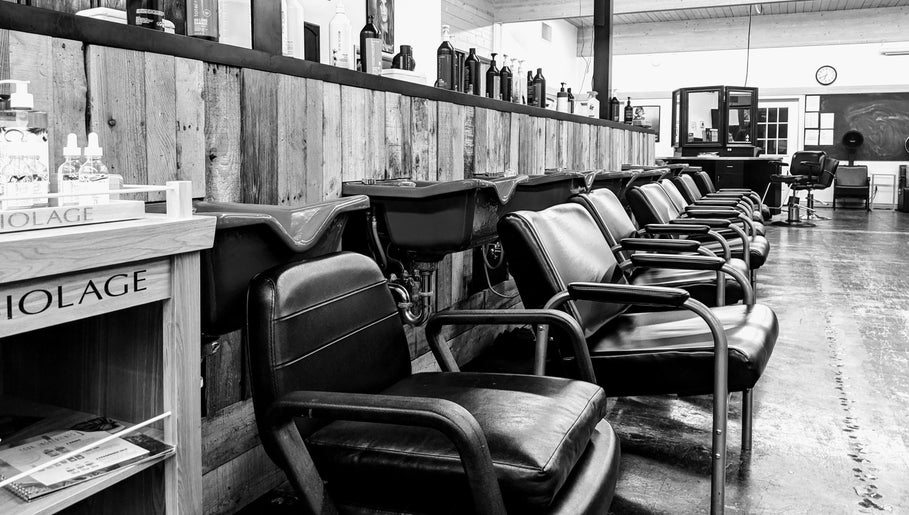
“Welcome to our full-service student salon, where you can experience top-notch services provided by students who have completed the initial phase of their training. Rest assured, all services are meticulously overseen by licensed educators, ensuring the hi”

“Posh Polish Nail Salon is a full-service nail salon located in Westfield, Indiana. We offer a number of services including manicures, pedicures, gel polish, acrylics, waxing and more. Book online with us today through Fresha! Our goal is to make each cli”
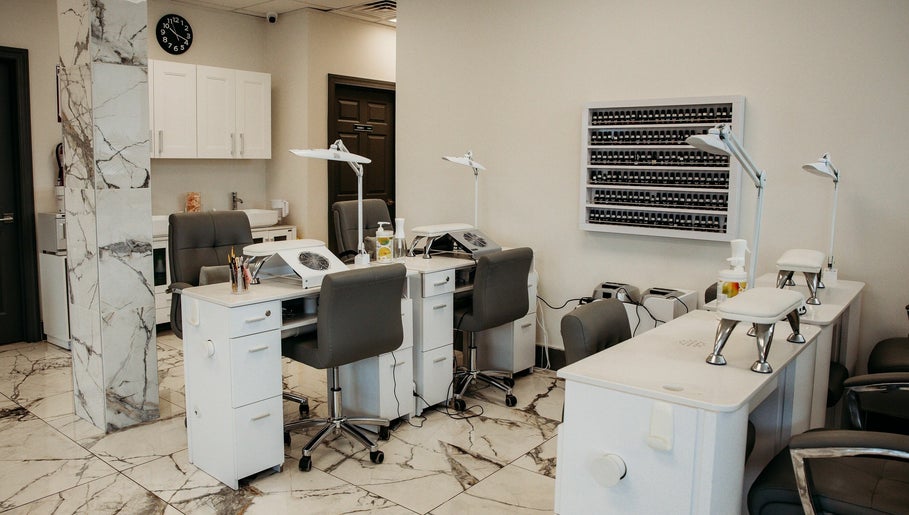
“Discover a sanctuary of beauty and relaxation at Vogue Lashes & Spa. Our certified specialists offer a comprehensive array of premium beauty services, tailored for both women and men. From enhancing your natural beauty with individual eyelash extensions a”

“Hello to Cherry Creek Nail Spa! We truly care about what goes on your nails and your body, so we offer you our best: - Experienced and talented nail technicians. - Nontoxic nail care products. - All natural ingredients, locally make in Colorado skin c”
“ManiCured is a nail salon located in Denver, Colorado. At ManiCured we created a business that would contribute positively back into the community in every way possible! We are one of the few salons who recycle, use eco-friendly products, and dispose of w”

“Serving the Greater Northshore (Essex County Massachusetts) and Greater Beverly Area, we offer manicures, pedicures, and wax services. Our top priority is your comfort and satisfaction. We strive to cater to your needs to where our service exceeds your e”
“We are a local salon focused on beauty, art, and supporting our community. Our staff is dedicated to providing a safe space for all clients; as a Dress Code Project partner our salon believes that everyone deserves self-care, no matter their age, gender-i”

“BeeQ Salon Spa, where our mission is to provide an unforgettable experience. With two Ann Arbor locations, our inviting spaces beckon you to unwind in our comfortable salon. Our warm staff attends to your personal care needs, leaving you beautiful inside ”
“Zen Day Spa "Living A Healthier YOU!" is a beautiful spa facility that specializes in Massages(MM#35768), Facials, Manicures, Pedicures, Nails, Foot Reflexology, Waxing, Raindrop Therapy, Chakra Balancing, Body Wraps...and more. If you don’t know which t”
“Hair and Nail Salon for the whole family. We offer a full range of hair & nail services, waxing, spray tanning. We bring many years of experience and a drive to satisfy every client every time. We look forward to having you in our chair!”

“At La Belle Vie Salon and Spa, there is nothing more remarkable than creating a place where individuals feel beautiful, remembered, taken care of and uplifted. To us, that is the optimum experience. We seek to discover, create, and exemplify beauty in e”

“Step in your one-stop beauty shop! At Vogue Lashes & Spa we offer a wide variety of services for both men and women that will make you feel beautiful from head to toe. Our exceptional team of dedicated professionals possess a genuine desire for not only y”

“Bubblicious Nails & Spa LLC is located in Staten Island, NY. Under New Management 06/16/2022 Our spa environment is designed to create the perfect atmosphere for our clients to completely relax and unwind. Tell us what your dream nails are, and we will”
“Here at Etoile Salon, our vision is not only to create a beautiful appearance but to nurture the spirit and relax the body and mind. Our goal is to lift and to challenge current industry standards. We offer a wide range of services and gift packages in wh”

“Ice Hair and Barbers brings quality hair styling & cuts for Women, Men and Children to Kingsway at affordable prices. Our young friendly team keeps up with the latest trends and provides a warm welcome.”
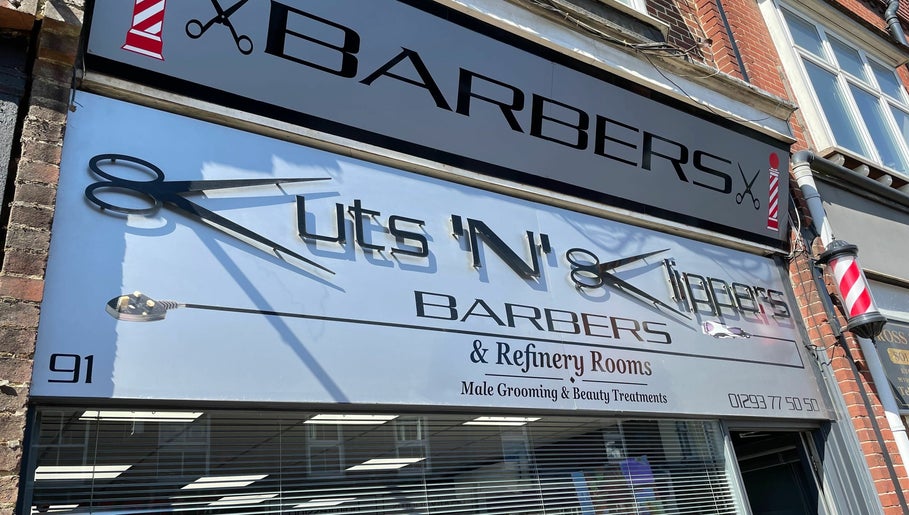
“Cuts ‘N’ Clippers Barbers is a family-run business with over 17 years of experience, dedicated to offering unisex haircuts tailored to your style. Our skilled team of barbers and hairdressers are here to refine your look to perfection. For beauty and male”
“Our skilled team specializes in treatments such as soothing massages, refreshing facials, precise waxing, and expert nail care. Each service is customized to meet your unique needs, ensuring a luxurious and personalized experience. Committed to using high”
“Beautiful, tranquil salon with plenty of free parking. We are massage specialists, including sports, hot stones and aromatherapy. We have holistic therapists who deliver reflexology and Reiki. Plus we offer a fabulous selection of facials including relax”
“Co-founded by session and celebrity manicurist Ama Quashie with salons based in Brixton and Leicester Square. The salon’s ethos is to amplify and accentuate the natural nail in all of its magnificent glory and adaptability. While offering premium traditio”
“Shoreditch Nails is a conscious beauty brand with studios in Shoreditch and Dalston, an Academy, and an eco-friendly polish collection. Our studios are a hub for self-care, creativity and a place for everyone to enjoy. Our Academy is a modern alternative”
“Hair, beauty & tanning salon, open 7 days and 5 late nights in Birtley. Our professional team offers all hair treatments, semi-permanent lashes, waxing, nail extensions and gel nails, manicures and pedicures, as well as a large selection of massage and fa”
“Beautie.LAB - Beauty & Aesthetics salon on New Beckenham High Street. Our mission is to gain your trust and win your loyalty. We are offering a wide range of beauty, nail & aesthetics treatments provided by fully qualified and highly experienced therapist”
“Blush + Blow London was founded by Bridget O’Keeffe, a makeup artist and entrepreneur 2016. She wanted to create a place with excellent customer service, that has great value for money with a fun, unique experience. As an SW6 resident herself, she knew ex”
“Bellissima is a Nail, Beauty and Aesthetic clinic situated in the heart of Hiltingbury Chandler’s Ford. Owned by Emma Marucci, an ambitious, quality-driven perfectionist with a genuine interest in all things beauty. Over the years, Emma has acquired expe”
“The Glow Up Nail Bar offers a full range of The Gel Bottle treatments, extensions, manicures and pedicures. Cruelty-free and vegan products are available at this chic pink Plymouth salon, where you can choose to add nail art for truly individual styled na”

“Shoreditch Nails is a conscious beauty brand with studios in Shoreditch and Dalston, an Academy, and an eco-friendly polish collection. Our studios are hubs for self-care, creativity, and a place for everyone to enjoy. The Academy is a modern alternative ”

“Beauty Salon in Wingham. Located next to Wingham Wildlife Park. Offering Million Dollar Facials, BIAB, Gels, Lash Lift, Brow Lamination, Lash Extensions, Brow Wax & Tint, Lash Tint, Waxing and SPMU Coming Soon! NEW CLIENT? Please make sure to contact you”
“The Avalon Rooms are the brain child of Flik Denham. Flik, one of the UK’s foremost award winning cosmetic and medical tattoo artists and body piercers, decided to open the Avalon Rooms in late 2019 after having sold her previous studio of 11 years. It wa”
“Yütopia spa located on Madeley High Street in the heart of Shropshire. Our Oriental inspired salon is designed with tranquil relaxation in mind. At Yütopia, you can relax the mind, soothe the soul, lift the spirit and escape from the world. Our aim is to”

“All our staff are trained in-house, the Boilerhouse way – from the ground up. Our extensive training scheme is complemented by ongoing training to keep the team on top of emerging hairdressing techniques. We strive to provide the highest standard in all ”

“Discover our esteemed nail salon, nestled in the heart of Braintree, Essex. We take pride in offering a warm and professional atmosphere where exceptional nail care is delivered with a friendly touch. Experience the perfect blend of expertise and hospital”
“From the moment you enter our salon you will experience a friendly, personal service that is second to none. Whether your visit is for the must have beauty essentials, one of our advanced skin care treatments or just muscular tension relief; you can rest ”
“If you're looking for an exclusive salon with a bespoke range of beauty services carried out by experienced beauty therapists, then Image is your answer. We provide top-quality services by our highly trained award winning team, that will leave you feeling”
“E-Nails is located in Waterloo, Huddersfield. The salon specialises in all ranges of nail enhancements including BIAB, Acrylic nails, Builder Gel nails, Shellac along with tinting, waxing, lash extentions, brow lamination, LVL and spray tanning treatmen”
“Vegan and Cruelty Free Nail Studio, Wellness Salon and Infrared Sauna. In pursuit of Wellness, STILL-London has been born. In an age where YOU matter, we bring you clean and toxic free beauty with unparalleled customer service in a calm and relaxing envir”
“Plaster Beauty is a boutique nail & beauty bar, located in the heart of Crystal Palace's Triangle, just a 10-minute walk from Crystal Palace station. This stylish salon opened in June 2019 and specialises in manicures and pedicures using vegan and cruelty”
“The Hair Gallery is a contemporary salon located in Waltham High Street. Our stylists are extensively trained and able to offer expert professional advice, specifically tailored to you. We only use the very best fashion haircare products to complement our”
“Auburn is a beautiful, relaxing salon based in the centre of Barnham in West Sussex. We are here to cater for both female and male clients alike and offer a full, professional range of services from haircutting, styling, barbering and colour services to D”













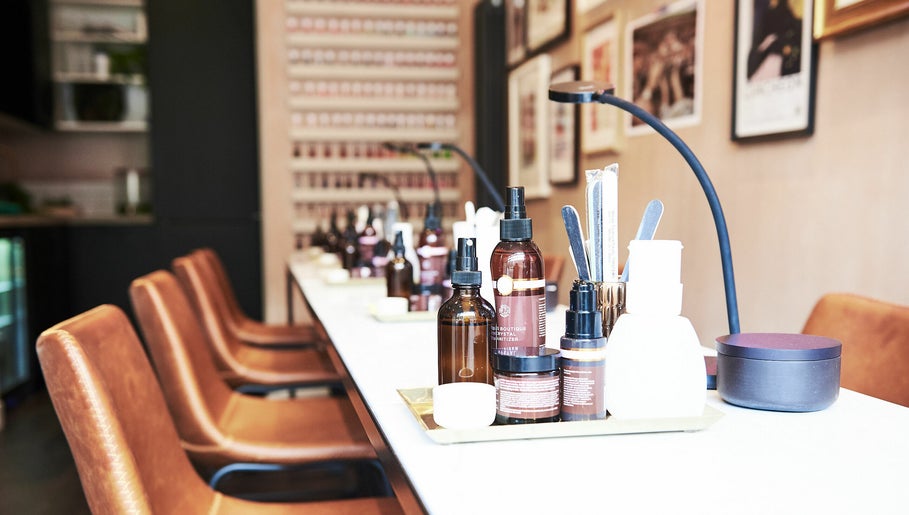


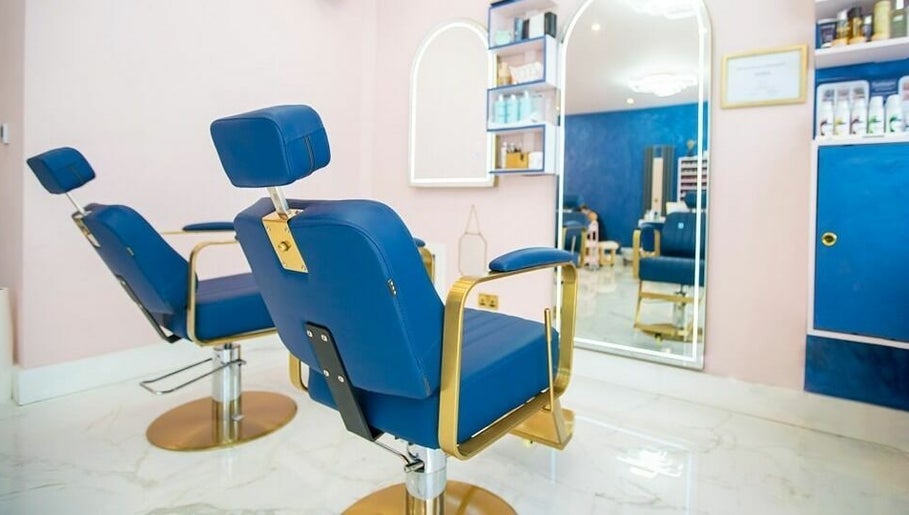

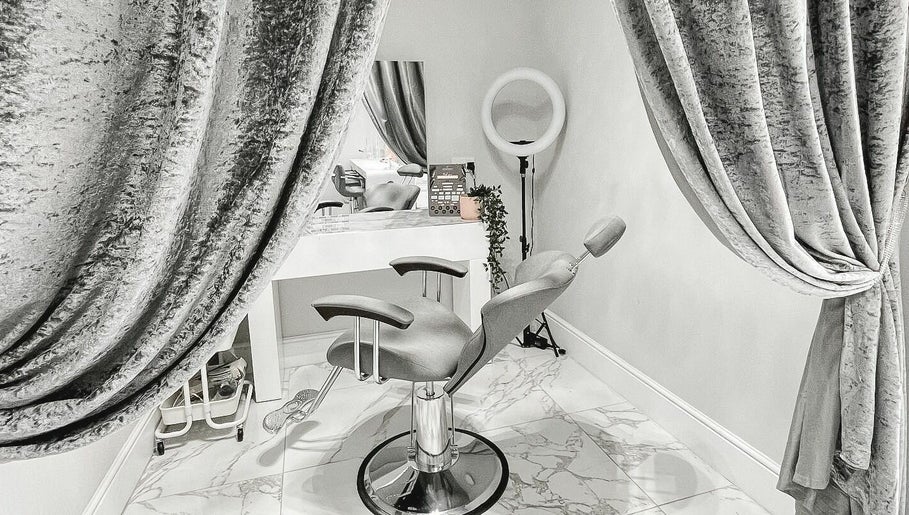

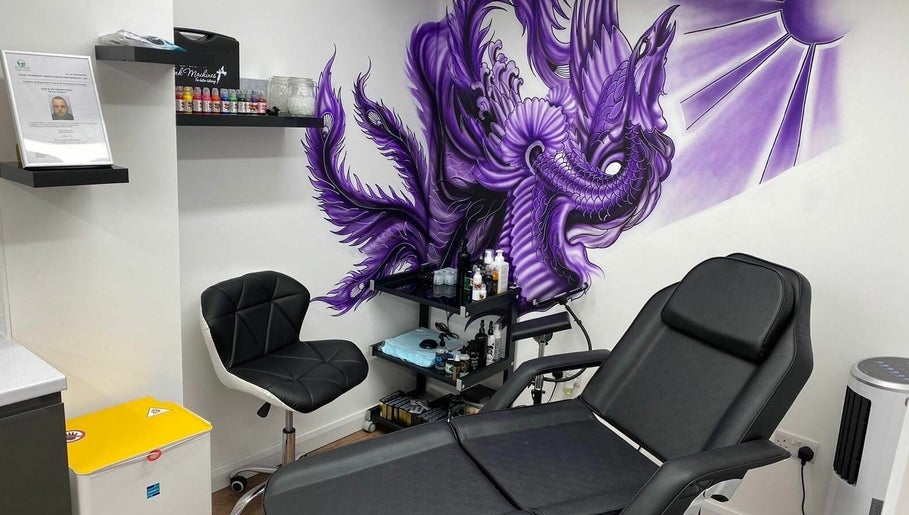
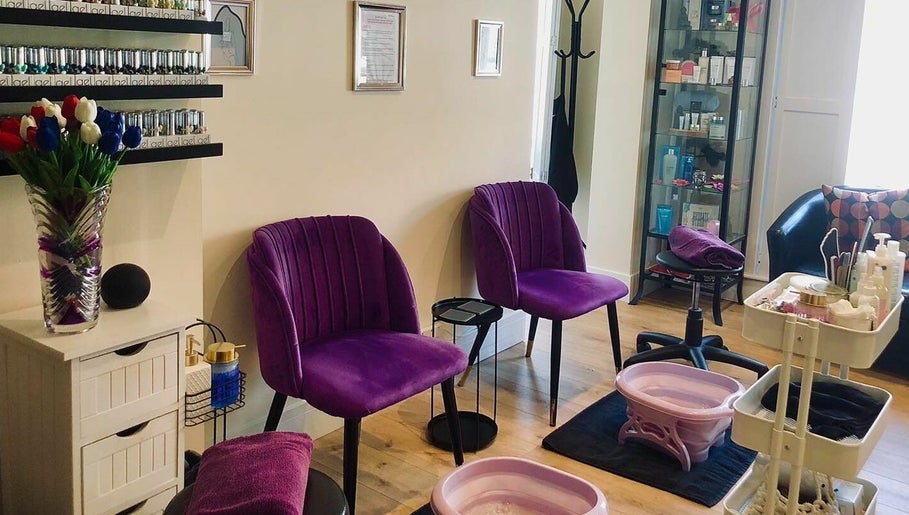
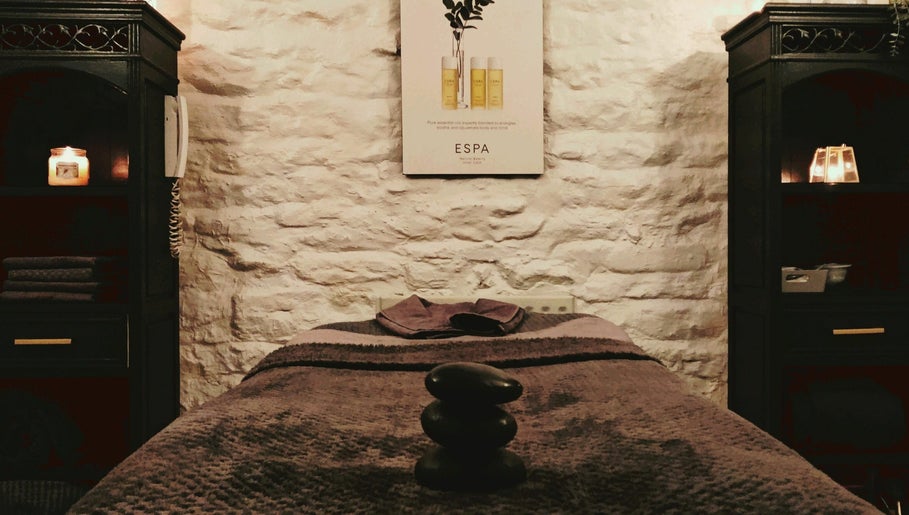





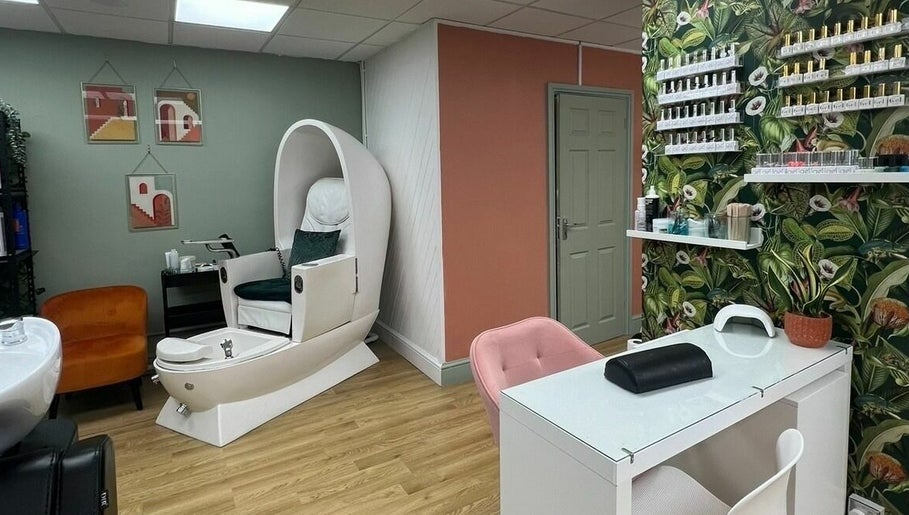
“Enter a world of relaxation, pampering, and fun! Our nail services, spa treatments, and more are perfect for unwinding or hanging out with friends. It’s simple. We are dedicated to providing a memorable experience for each and every guest through exceptio”